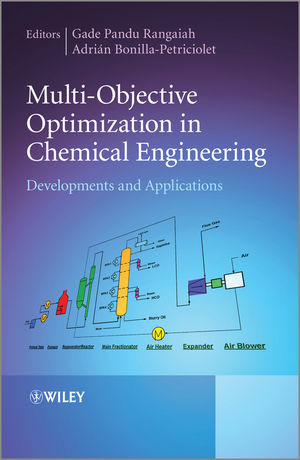

Most ebook files are in PDF format, so you can easily read them using various software such as Foxit Reader or directly on the Google Chrome browser.
Some ebook files are released by publishers in other formats such as .awz, .mobi, .epub, .fb2, etc. You may need to install specific software to read these formats on mobile/PC, such as Calibre.
Please read the tutorial at this link: https://ebookbell.com/faq
We offer FREE conversion to the popular formats you request; however, this may take some time. Therefore, right after payment, please email us, and we will try to provide the service as quickly as possible.
For some exceptional file formats or broken links (if any), please refrain from opening any disputes. Instead, email us first, and we will try to assist within a maximum of 6 hours.
EbookBell Team

5.0
28 reviewsFor reasons both financial and environmental, there is a perpetual need to optimize the design and operating conditions of industrial process systems in order to improve their performance, energy efficiency, profitability, safety and reliability. However, with most chemical engineering application problems having many variables with complex inter-relationships, meeting these optimization objectives can be challenging. This is where Multi-Objective Optimization (MOO) is useful to find the optimal trade-offs among two or more conflicting objectives.
This book provides an overview of the recent developments and applications of MOO for modeling, design and operation of chemical, petrochemical, pharmaceutical, energy and related processes. It then covers important theoretical and computational developments as well as specific applications such as metabolic reaction networks, chromatographic systems, CO2 emissions targeting for petroleum refining units, ecodesign of chemical processes, ethanol purification and cumene process design.
Multi-Objective Optimization in Chemical Engineering: Developments and Applications is an invaluable resource for researchers and graduate students in chemical engineering as well as industrial practitioners and engineers involved in process design, modeling and optimization.
Content: